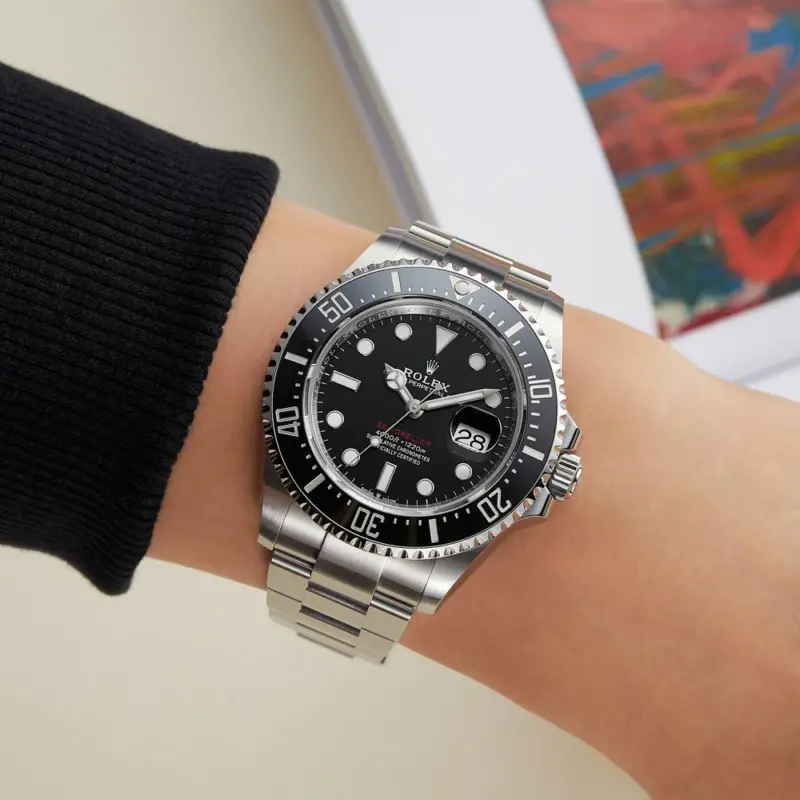Replica
How Soaring Gold Prices Are Redefining Rolex’s Luxury in 2025
Rolex, a titan of horological excellence, finds itself at the epicenter of this transformation. With gold – a cornerstone of its most iconic designs – reaching unprecedented valuations, the brand’s precious metal timepieces are transitioning into rarified assets. For collectors, investors, and enthusiasts, this evolution introduces a complex interplay of exclusivity, investment strategy, and economic foresight.
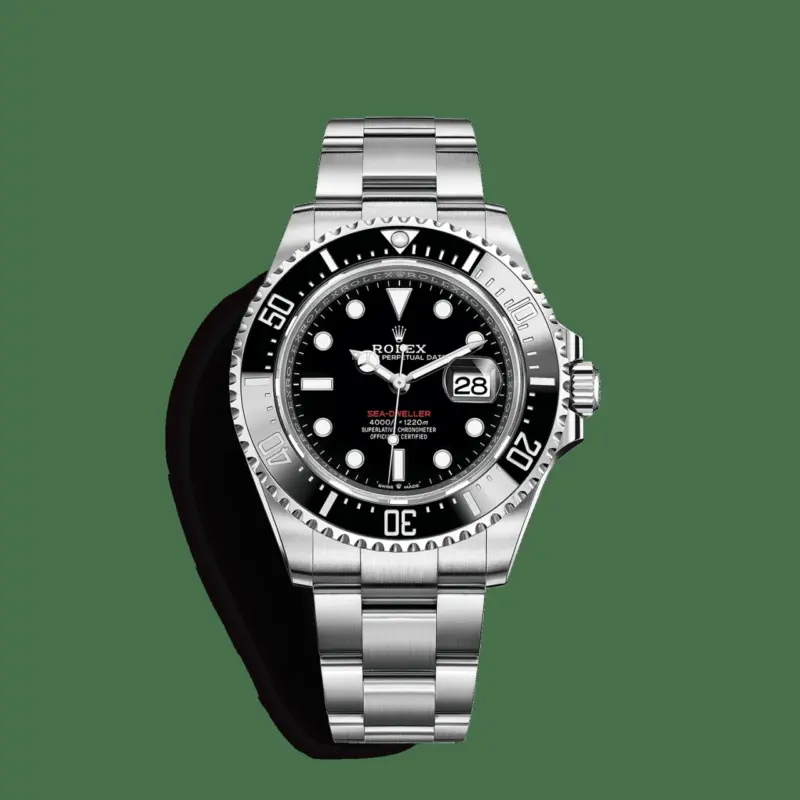
The brand’s 2025 pricing adjustments reveal stark contrasts: gold models now command up to 14% higher premiums, dwarfing the modest 3% rise for stainless steel counterparts. The replica Rolex Daytona and GMT-Master, revered for their craftsmanship, exemplify this trend.
Rolex’s Calculated Market Strategy
Rolex’s pricing philosophy has long transcended mere cost recovery. By deliberately elevating prices, the brand reinforces its aura of exclusivity – a tactic that paradoxically amplifies demand among affluent clientele. Antonio Sasso, a luxury market analyst, notes, “Rolex’s clientele perceives price hikes not as barriers, but as validations of enduring value. For high-net-worth individuals, these increases signal scarcity, enhancing the brand’s aspirational allure.”
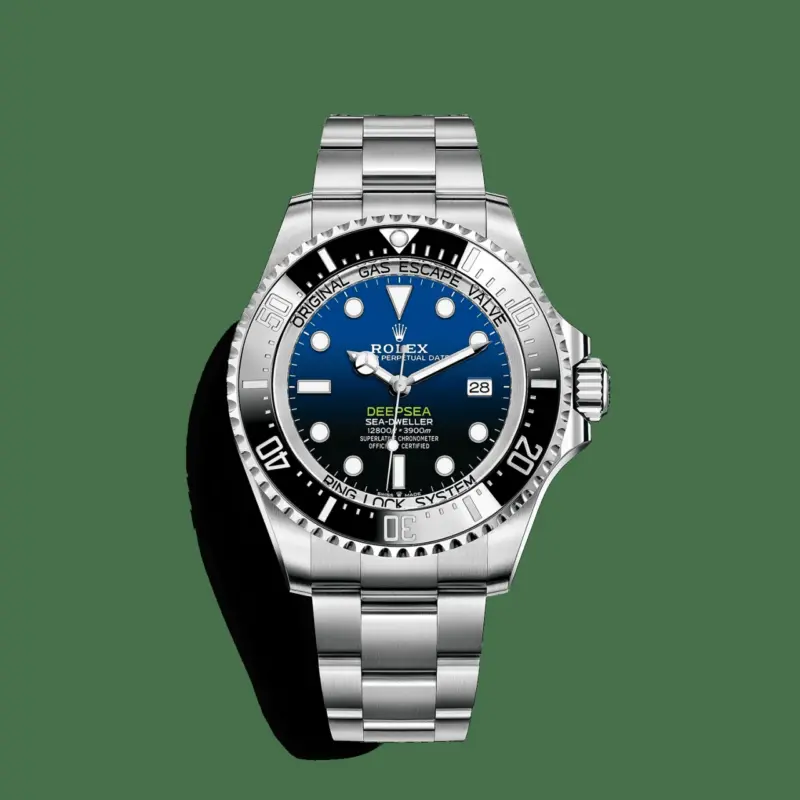
Navigating Global Economic Uncertainty
Gold’s resurgence as a safe-haven asset has become inextricably linked to Rolex’s market trajectory. Joseph Dahrieh, managing principal at Tickmill, observes, “Inflationary pressures and dovish monetary policies have made gold indispensable for wealth preservation. Luxury replica watches, particularly those crafted from precious metals, now serve as portable assets in volatile markets.”
This sentiment is echoed in Rolex’s sales patterns. As equities and cryptocurrencies fluctuate, investors increasingly diversify into tangible luxuries. The brand’s gold timepieces, blending intrinsic material value with horological prestige, offer a unique hedge – a fusion of artistry and financial pragmatism.

Rolex’s Appreciation Trajectory
Rolex’s investment pedigree is well-documented. Precious metal models, historically appreciating 8-12% annually, now outpace many traditional assets. The 2024 Phillips Geneva Auction saw a platinum Daytona “Ice” sell for $5.3 million, tripling its estimate. Such milestones highlight a growing trend: watches are no longer mere accessories but keystones in diversified portfolios.
In 2025, this trend intensifies. Collectors targeting limited editions, like the platinum Day-Date 40 or gem-set Sky-Dwellers at localdlish, recognize their potential to accrue value amid gold’s rally. As one Geneva-based auctioneer remarked, “Rolex’s gold models are becoming the new bullion – rare, liquid, and insulated from market whims.”
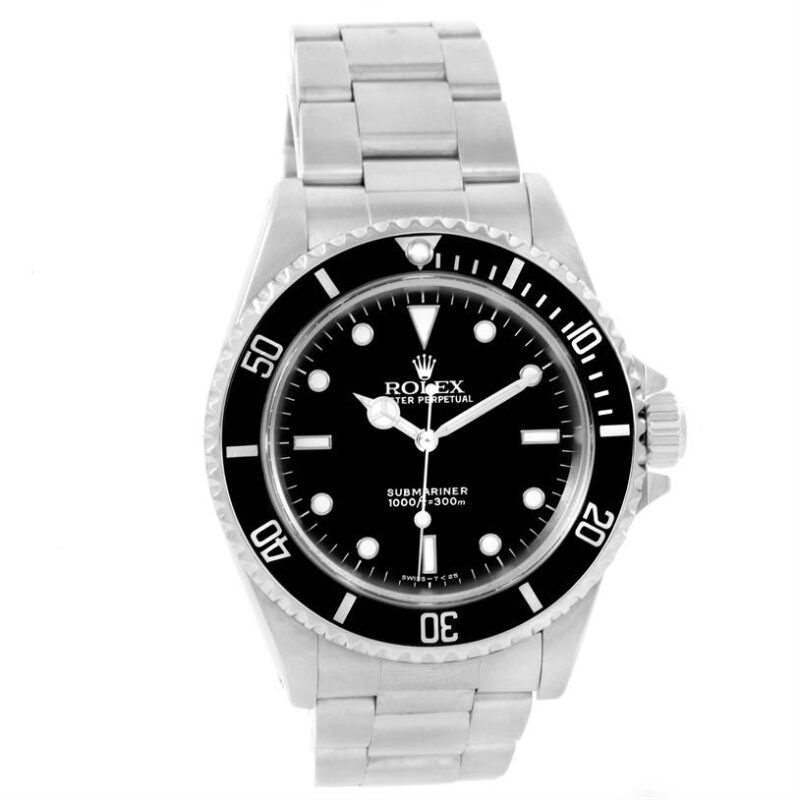
Sustained Growth Amid Scarcity
Analysts foresee no respite in gold’s ascent – or fake Rolex’s pricing. With production constraints and relentless demand, the brand’s gold offerings may soon occupy a market tier unto themselves. Industry forecasts suggest stainless steel models could become “entry-level” products, while gold and platinum variants cater to ultra-high-net-worth segments.
For prospective buyers, the message is clear: hesitation risks exclusion. As secondary markets recalibrate – currently offering brief reprieves with slight price dips – acquiring a gold Rolex now may preempt future financial thresholds.
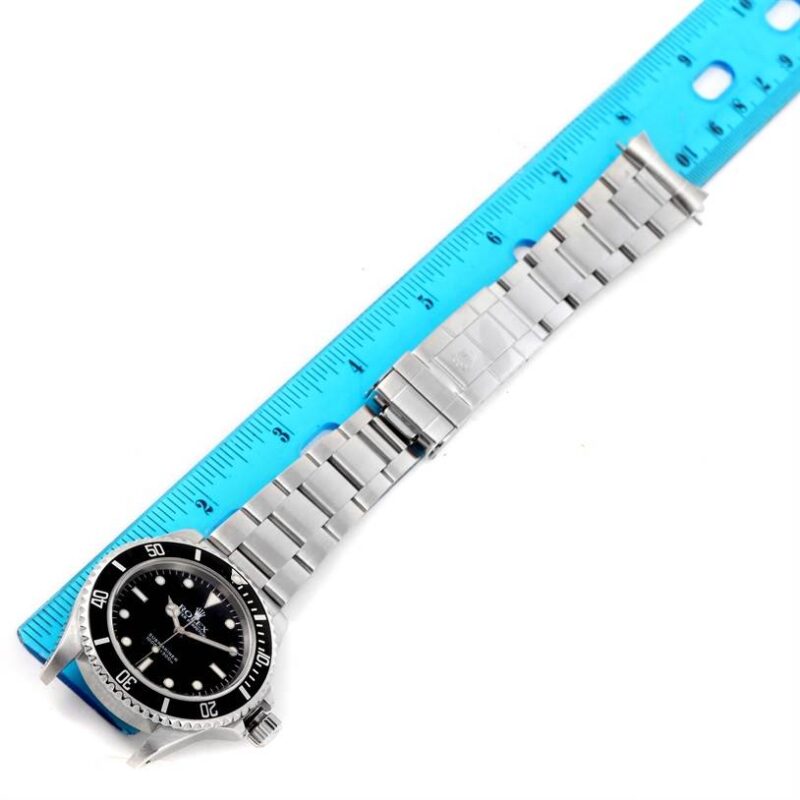
Rolex’s 2025 strategy, shaped by gold’s economic primacy, reaffirms its mastery of luxury market alchemy. By intertwining material scarcity with timeless design, the brand transcends horology, offering assets that marry aesthetic grandeur with fiscal resilience. As global uncertainties persist, Rolex’s golden creations stand not merely as timekeepers, but as enduring testaments to wealth, foresight, and human ingenuity.

